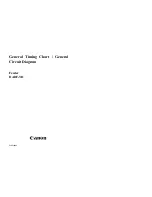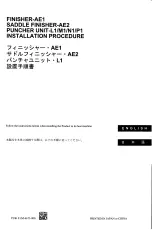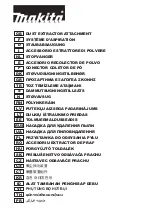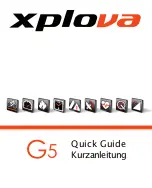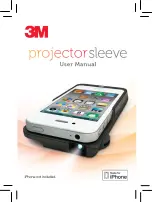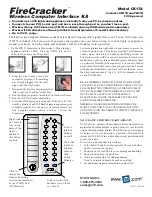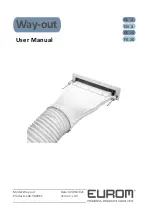
18
www.xsens.com
NOTES:
•
To make data plot readable, orientation data will always be displayed in Euler
angles, whereas data in the log file will be stored in the chosen format (Euler or
quaternion).
•
To make data plot readable, inertial data will always be displayed as acceleration
(m/s2) and angular velocity (degrees/s) whereas data in the log file will be stored
in the chosen format (high fidelity, delta quantities or rate quantities).
•
Xsens DOT App allows for a maximum of 5 sensors for real-time streaming.
•
Real-time streaming will continue even when Bluetooth connection is lost or App is
running in background. Stop the streaming after the measurement to prevent
battery drain.
High fidelity mode
High fidelity mode is available in real-time streaming. In this mode, Xsens proprietary data
format will be transmitted via Bluetooth and parsed in Xsens DOT App or SDK. The
advantage of this mode is that even in the case of transient data loss, higher frequency
(800 Hz) information is still preserved with lower output data rate (60 Hz).
High fidelity data will be parsed to delta_q, delta_v in Xsens DOT app. Functions to parse
high fidelity data to delta_q, delta_v or calibrated angular velocity and acceleration are
available in SDK. Refer to SDK programming guide for detailed information.
Recording
In recording mode, motion data is stored within the sensor internal storage and can be
exported for post-processing. Xsens DOT internal storage capacity enables to record for 88
minutes. In this mode, Bluetooth connection is not required once the recording is started.
Recording can be started and stopped using Xsens DOT App and these functionalities are
available in Xsens DOT SDK or BLE Service Specification manual.
Recording will stop in the following situations:
•
power button is pressed for 1 second.
•
time is up for timed recording sessions.
•
flash memory is over 90%.
Data can be exported via Bluetooth or via USB connection. Wireless data transfer using
Bluetooth is suitable for exporting small files (a few minutes). When exporting large
amount of data, use Xsens DOT Data Exporter to export via USB on PC. Refer to this
As a rule of thumb, the time to export data via Bluetooth is twice the recording time, while
exporting via USB is 1/8. Note that export time highly depends on the files and the export
data quantities that you selected. When exporting data via Bluetooth, it is advised to select
few sensors at a time to prevent data transmission loss or connection failure. You can
choose different types of data configurations and select recording files when exporting.
Note that free acceleration is not included. For further information on how to calculate it
from other quantities, refer to this






























